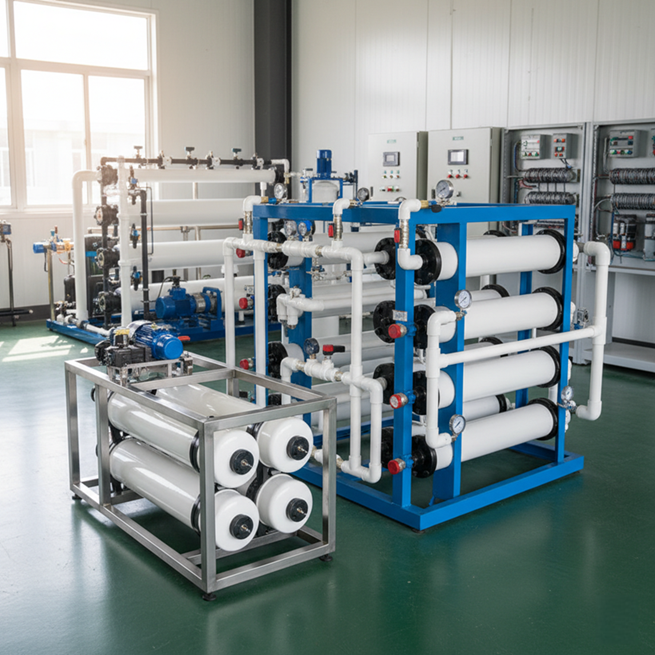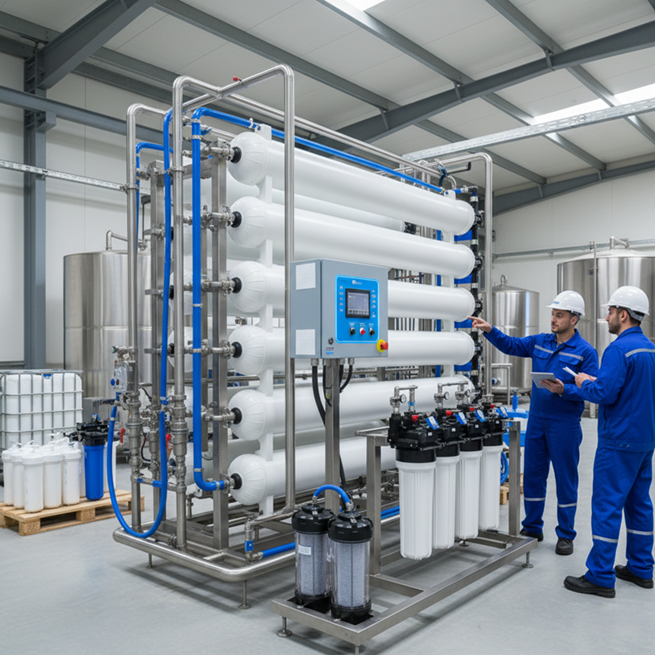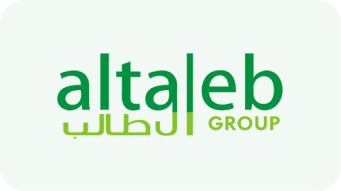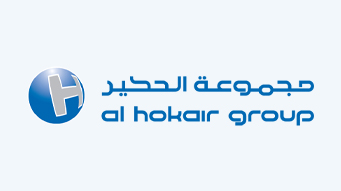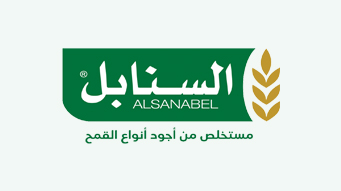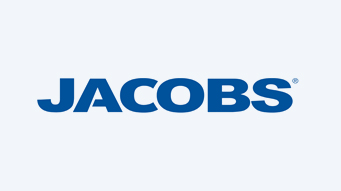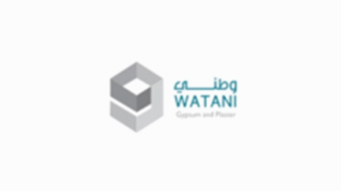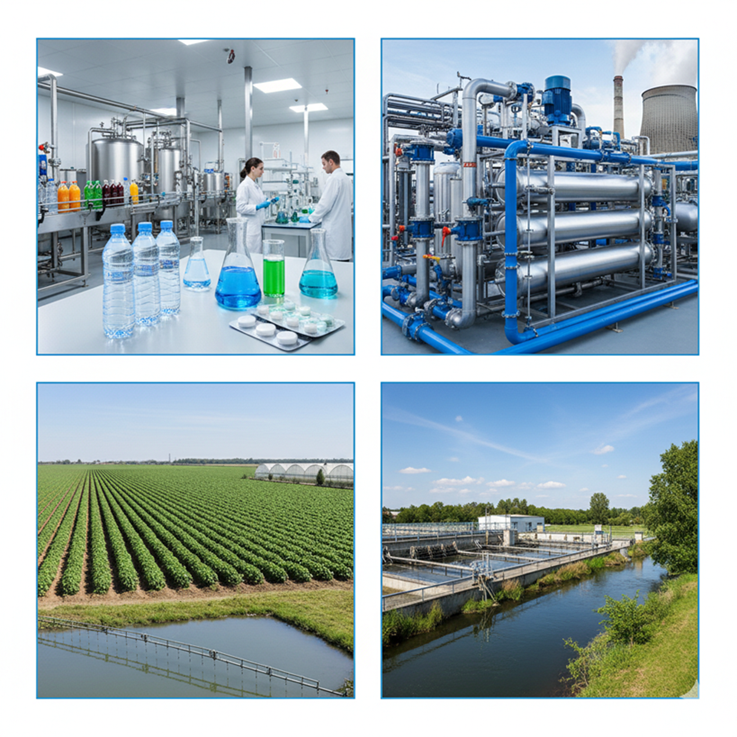
Commercial Reverse Osmosis System Applications
At CareWater Establishment, we strive to provide a series of articles that help managers in various commercial applications understand the importance of water treatment. And the systems available for use in those applications contribute to informed decision-making. While we previously discussed the different types of reverse osmosis systems and how to choose the right RO system. in this article, we will discuss the types of applications that can benefit from these systems and the advantages and disadvantages of each. Commercial reverse osmosis (RO) systems are used in various industries to meet the need for high-quality, pure water. These systems are specifically designed for specific applications, making them essential for many sectors.
Food and Beverage Industry
In the food and beverage industry, commercial reverse osmosis systems improve food preparation processes, enhance ice quality, and enhance the flavor of beverages. Using purified water allows the natural flavors of ingredients to be brought out, providing consumers with a premium dining experience. Additionally, these systems reduce the risk of contamination, making them essential for maintaining food safety standards.
Pharmaceutical Industry
The pharmaceutical industry relies heavily on reverse osmosis systems due to the strict hygiene and quality standards they must adhere to. Reverse osmosis systems help purify the water used in the production of pharmaceutical products and cleaning agents, reducing overall water consumption and minimizing chemical waste during production. This not only ensures regulatory compliance but also enhances operational efficiency.
Industrial Applications
Commercial reverse osmosis systems are an integral part of various industrial processes, including boiler feed water and metal finishing. By removing dissolved solids and impurities, these systems protect equipment from damage caused by hard water, reducing maintenance costs and preventing unplanned downtime. Furthermore, the effective purification capabilities of reverse osmosis systems result in lower energy consumption and chemical usage, contributing to a more sustainable operating model.
Agricultural Sector
In agriculture, commercial reverse osmosis systems are increasingly being adopted to meet strict hygiene standards. They provide the pure water needed for irrigation, equipment cleaning, and product storage, thereby combating disease and promoting healthy crop growth. Treating water used in agriculture ensures that contaminants do not affect crop yield and quality.
Environmental Impact and Wastewater Treatment
Reverse osmosis systems play a significant role in reducing wastewater production during purification processes. By effectively treating and recycling water, companies can reduce their environmental footprint while still meeting operational requirements. For example, one company implemented a reverse osmosis system that saved approximately 80 million gallons of water annually, while reducing energy costs and extending the life of the reverse osmosis membranes.
Advantages and Disadvantages of Commercial Reverse Osmosis Systems
Advantages of Commercial Reverse Osmosis Systems
Commercial reverse osmosis systems offer several key advantages for various industries, especially those that require high-quality water for their operations.
Cost Savings
One of the most significant advantages of implementing a commercial reverse osmosis system is the significant cost savings it can achieve. These systems reduce water consumption and waste disposal costs, contributing to lower operating expenses over time. While the initial investment may be significant, the long-term savings often offset these costs, making it a sound financial decision for many businesses.
Water Quality
Reverse osmosis systems produce highly purified water by effectively removing up to 99% of contaminants, dissolved solids, and impurities from water supplies. This quality is critical in industries such as pharmaceuticals, where meeting regulatory standards for water purity is critical. The consistent production of high-quality water helps prevent equipment damage and product contamination, ensuring operational efficiency and customer satisfaction.
Environmental Impact
In addition to the economic benefits, commercial reverse osmosis systems have a positive environmental impact. They reduce the use of chemicals associated with traditional water treatment methods, reducing environmental risks. Furthermore, the energy recovery technologies incorporated into reverse osmosis systems significantly reduce energy consumption, enhancing sustainability efforts.
Increased Productivity
With reliable and consistent water quality, companies can improve their productivity by reducing downtime caused by equipment failures or product recalls related to water contamination. The durability and efficiency of commercial reverse osmosis systems also support the high water demand, which is critical in sectors such as manufacturing and food service.
Disadvantages of Commercial Reverse Osmosis Systems
Despite the many advantages, there are some drawbacks to consider when implementing commercial reverse osmosis systems.
Initial Investment and Maintenance Costs
The initial costs of purchasing and installing a reverse osmosis system can be significant, which may discourage some companies from investing. Additionally, while reverse osmosis (RO) systems are generally easy to maintain, the ongoing costs of replacing membranes, filters, and routine system disinfection can add up over time.
Waste Generation
Despite their efficiency, reverse osmosis systems produce wastewater as part of their operation. This wastewater, which contains contaminants removed from the feedwater, must be properly managed to avoid environmental problems. Wastewater volume can vary based on system design and operating conditions, which may result leads to concerns about waste disposal and treatment.
Water Salinity Limitations
The purity of the desalinated water produced by a reverse osmosis system can be affected by the salinity of the feed water and the specific design of the membranes used. High salinity levels may require additional treatment steps. Such as a second pass through the reverse osmosis system, increasing complexity and cost.
Not Suitable for All Applications
While reverse osmosis systems are effective in many industrial applications, they may not be the optimal choice for all situations. Some processes may require specific water chemistry that a reverse osmosis system alone cannot meet without additional treatment methods. Therefore, companies must carefully assess their water needs before committing to a reverse osmosis solution.
Future Trends and Innovations
Technological Developments
The field of reverse osmosis desalination is experiencing significant developments driven by ongoing research and technological innovations. Recent developments focus on improving energy efficiency and reducing operating costs. Innovations such as energy recovery devices can recover up to 80% of the work done by high-pressure pumps. Reducing energy consumption to approximately 3-5 kWh/m³ of treated water. This shift is significant, as energy costs represent a significant portion of the operational expenditure (OPEX) of reverse osmosis systems, estimated at 35-45%.
Integrating Renewable Energy
With the growing demand for sustainable water solutions, integrating reverse osmosis technology with renewable energy sources is becoming increasingly common. This integration not only enhances the sustainability of water production but also reduces the carbon footprint associated with energy consumption in desalination processes. New semi-automated desalination membrane technologies are expected to further reduce lifecycle costs. It is making reverse osmosis a more attractive option for water-scarce regions.
Environmental Sustainability
The trend toward environmental responsibility is also impacting reverse osmosis systems. By reducing reliance on bottled water and minimizing the use of harmful chemicals. Commercial reverse osmosis systems contribute to environmental sustainability. They also play a crucial role in reducing plastic waste and lowering the overall carbon footprint of companies using these systems. Continuous improvements in reverse osmosis technology aim to improve water purification efficiency while simultaneously reducing the environmental impact associated with water treatment processes.
Market Expansion and Versatility
The versatility of reverse osmosis technology across various industries—such as pharmaceuticals, food and beverages, and power generation—highlights its adaptability to diverse applications. As industries increasingly prioritize water purity and sustainability, the reverse osmosis market is expected to expand significantly. This is particularly important as new efficiency innovations enhance the competitiveness of reverse osmosis solutions compared to traditional water treatment methods.
Strategic Collaborations
To maximize the effectiveness of reverse osmosis systems, companies are encouraged to partner with experienced service providers who offer comprehensive reverse osmosis service packages, including installation, maintenance, and monitoring. This collaboration not only ensures a reliable water supply but also improves system performance throughout the equipment’s lifecycle. As the reverse osmosis industry evolves, these partnerships will become integral to meeting the growing demand for clean, sustainable water sources.

